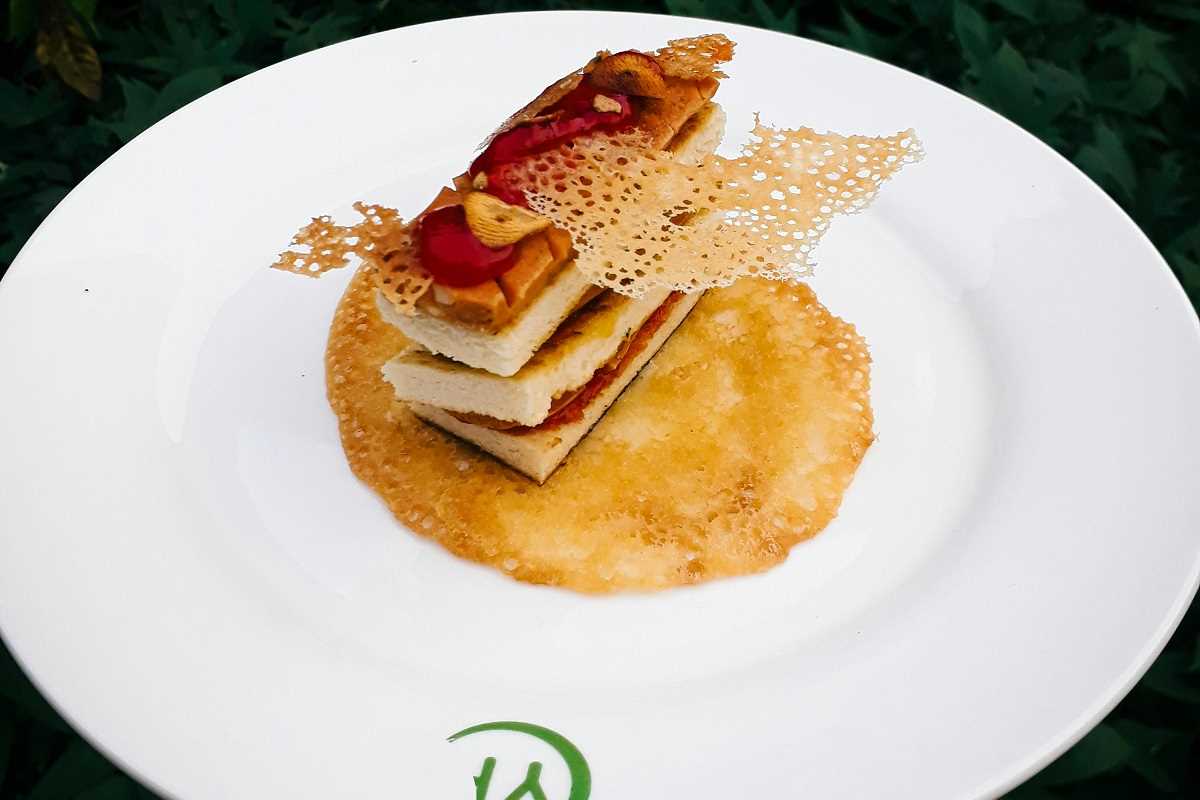The world of food and drink is ever-evolving, with new techniques, ingredients, and trends constantly emerging. Pastry chefs and craft brewers are among the most exciting areas of culinary innovation. Both professionals experiment with flavors, textures, and presentations to create experiences that tantalize the senses and redefine what we expect from food and beverages. Their ability to push boundaries and break away from tradition results in culinary magic that delights consumers and leaves a lasting impact on the food and beverage industries. Though their roles differ in practice, pastry chefs and craft brewers share a common creative spirit. They transform basic ingredients into something extraordinary, playing with combinations that surprise and satisfy. Let's explore how these culinary innovators experiment to create magic.
Pastry Chefs: Crafting Sweet and Savory Works of Art
Pastry chefs are experts in creating desserts that are not just delicious but often intricate and visually stunning. They work in a world of sugar, flour, butter, and eggs, but their artistry lies in how they manipulate these ingredients to create complex textures, flavors, and presentations. From classic pastries like croissants to modern molecular desserts, pastry chefs constantly push the boundaries of what a dessert can be.
Innovating with Flavors and Ingredients
Pastry chefs are known for their deep understanding of flavor combinations. They have an innate ability to pair ingredients unexpectedly, creating desserts that challenge the senses. For example, many chefs are incorporating savory elements into their pastries, such as herbs, spices, and even cheeses. A lemon basil tart or a chocolate lavender cake introduces a new twist to traditional sweet desserts, making them more complex and exciting.
- Fusion Desserts: Pastry chefs are increasingly blending global influences into their creations. From combining French patisserie techniques with Asian-inspired ingredients like matcha or yuzu, to infusing Middle Eastern spices into traditional Western desserts, fusion pastries have become a culinary trend. For example, using ingredients like tahini or rosewater in ice cream or cakes brings an exotic touch to familiar desserts.
- Alternative Sweeteners: With growing concerns over health and nutrition, many pastry chefs are experimenting with alternative sweeteners like honey, maple syrup, agave, or stevia. These alternatives not only cater to a more health-conscious audience but also offer new flavor profiles that change the way desserts taste.
Presentation and Aesthetics
Pastry chefs are also artists when it comes to presentation. The visual appeal of a pastry is just as important as its flavor, and pastry chefs spend hours designing beautiful, often elaborate desserts. From the delicate decorations on a wedding cake to the layers of a perfectly plated dessert, presentation adds an element of surprise and wonder to each creation.
- Plating Techniques: Pastry chefs are experimenting with plating techniques to elevate the dining experience. Instead of simply placing a dessert on a plate, they create intricate, visually stunning presentations. For example, a deconstructed dessert may involve placing individual components—crumbs, sauces, and gels—artistically on the plate, allowing the diner to experience different textures and flavors with each bite.
- Seasonal and Local Ingredients: Another trend is the use of locally sourced or seasonal ingredients to add freshness and vibrancy to pastries. In the spring, you might find pastries topped with edible flowers or fresh berries, while autumn brings spiced pumpkin tarts or apple galettes.
Craft Brewers: Revolutionizing the Beer Industry
While pastry chefs experiment with sweet and savory confections, craft brewers are pushing the boundaries of brewing, transforming the beer industry one batch at a time. Unlike mass-produced beers, craft beer is all about experimentation, individuality, and creativity. Brewers take time to explore new ingredients, methods, and brewing styles, resulting in bold, unique beers that reflect the brewer's creativity and passion.
Exploring Flavors and Ingredients
Craft brewers are known for experimenting with an endless variety of ingredients to create flavors that go beyond the traditional hops and barley. They incorporate fruits, spices, herbs, and even coffee, chocolate, and herbs to craft beers that are full of character and intrigue.
- Fruit-Infused Beers: Brewers increasingly use fruits like raspberries, peaches, and cherries to add sweetness and acidity. These flavors complement the beer's malty base, creating refreshing and unique brews. Fruit-infused IPAs, sours, and wheat beers are particularly popular among craft beer enthusiasts.
- Herbal and Spiced Beers: Brewers often add spices like coriander, cinnamon, or ginger to give beers a warm, aromatic character. Herbal notes, such as basil, rosemary, or thyme, are also making their way into beers, offering a fresh twist on classic recipes. These flavors elevate the beer-drinking experience, adding layers of complexity and making each sip a sensory discovery.
Innovation in Brewing Techniques
Craft brewers experiment with ingredients and brewing techniques, from barrel-aging beers to developing new fermentation methods. They constantly push the envelope to create new tastes and textures.
- Barrel-Aging: Some craft brewers age their beers in barrels previously used for whiskey, wine, or rum. This aging process imparts distinct flavors and aromas from the wood and the liquid previously stored in the barrel. Beers aged in oak barrels often have a deeper, more complex flavor profile, with notes of vanilla, caramel, and toasted wood.
- Wild and Spontaneous Fermentation: Brewers who embrace wild fermentation techniques allow naturally occurring yeasts and bacteria to ferment the beer. This process, often used for sour beers, results in tangy, funky, and highly unpredictable flavors. Wild fermentation takes patience, as developing the desired flavors can take months or even years.
- Collaboration Brews: Many craft brewers collaborate with other breweries to create one-of-a-kind beers. These collaborations bring together different brewing techniques and ingredient preferences, resulting in unique brews that cannot be replicated elsewhere. These collaborative efforts often push the boundaries of what is traditionally thought of as "beer," incorporating non-traditional flavors and brewing processes.
The Magic of Collaboration: Combining Pastry and Beer
In recent years, there has been a growing trend of collaboration between pastry chefs and craft brewers. These partnerships combine the worlds of pastry and beer, leading to unique and innovative creations such as beer-infused desserts, pastry-styled beers, and more.
- Beer Pairings with Pastries: Some pastry chefs are experimenting with pairing their desserts with craft beers, creating experiences where both the food and drink complement each other perfectly. Chocolate stouts, for example, pair well with rich chocolate cakes or tarts, while fruity wheat beers can bring out the flavors of berry-based pastries.
- Beer-Infused Pastries: On the flip side, pastry chefs are using beer as an ingredient in their desserts. Craft beers like stouts, IPAs, and porters are incorporated into cakes, cookies, or even ice cream, adding depth and complexity to the sweetness.
 (Image via
(Image via





